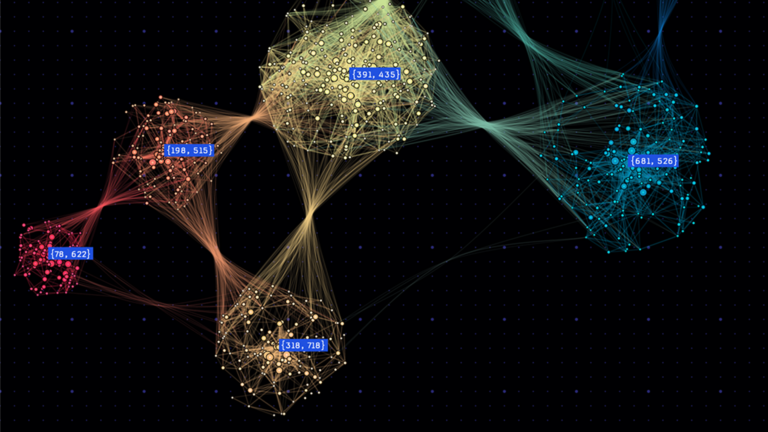Talk about scrubbing data. Curtis Northcutt, cofounder and CEO of Cleanlab, and Steven Gawthorpe, senior data scientist at Berkeley Research Group, speak about Cleanlab’s groundbreaking approach to data curation with Noah Kravitz, host of NVIDIA’s AI Podcast, in an episode recorded live at the NVIDIA GTC global AI conference. The startup’s tools enhance data reliability
Read Article
The Biden Administration has announced a new $110 million AI partnership between Japan and the United States that includes an initiative to fund research through a collaboration between the University of Washington and the University of Tsukuba. NVIDIA is committing $25 million in a collaboration with Amazon that aims to bring the latest technologies to
Read Article
Whether delivering live sports programming, streaming services, network broadcasts or content on social platforms, media companies face a daunting landscape. Viewers are increasingly opting for interactive and personalized content. Virtual reality and augmented reality continue their drive into the mainstream. New video compression standards are challenging traditional computing infrastructure. And AI is having an impact
Read Article
 NVIDIA Holoscan for Media is now available to all developers looking to build next-generation live media applications on fully repurposable clusters. …
NVIDIA Holoscan for Media is now available to all developers looking to build next-generation live media applications on fully repurposable clusters. …
NVIDIA Holoscan for Media is now available to all developers looking to build next-generation live media applications on fully repurposable clusters. Holoscan for Media is a software-defined platform for building and deploying applications for live media. It revolutionizes application development by providing an IP-based, cloud-native architecture that isn’t constrained by dedicated hardware…
NVIDIA and Google Cloud have announced a new collaboration to help startups around the world accelerate the creation of generative AI applications and services. The announcement, made today at Google Cloud Next ‘24 in Las Vegas, brings together the NVIDIA Inception program for startups and the Google for Startups Cloud Program to widen access to
Read Article
 Retrieval-augmented generation enhances large language model prompts with relevant data for more practical, accurate responses.
Retrieval-augmented generation enhances large language model prompts with relevant data for more practical, accurate responses.
Retrieval-augmented generation enhances large language model prompts with relevant data for more practical, accurate responses.
NVIDIA jumped to No. 3 on the latest list of America’s 100 Best Companies to Work For by Fortune magazine and Great Place to Work. It’s the company’s eighth consecutive year and highest ranking yet on the widely followed list, published today, which more than a thousand businesses vie to land on. NVIDIA ranked sixth
Read Article
Rain or shine, a new month means new games. GeForce NOW kicks off April with nearly 20 new games, seven of which are available to play this week. GFN Thursday celebrates the 10-year anniversary of ZeniMax Online Studios’ Elder Scrolls Online by bringing the award-winning online role-playing game (RPG) to the cloud this week. Plus,
Read Article
 Large-scale graph neural network (GNN) training presents formidable challenges, particularly concerning the scale and complexity of graph data. These challenges…
Large-scale graph neural network (GNN) training presents formidable challenges, particularly concerning the scale and complexity of graph data. These challenges…
Large-scale graph neural network (GNN) training presents formidable challenges, particularly concerning the scale and complexity of graph data. These challenges extend beyond the typical concerns of neural network forward and backward computations, encompassing issues such as bandwidth-intensive graph feature gathering and sampling, and the limitations of single GPU capacities.
